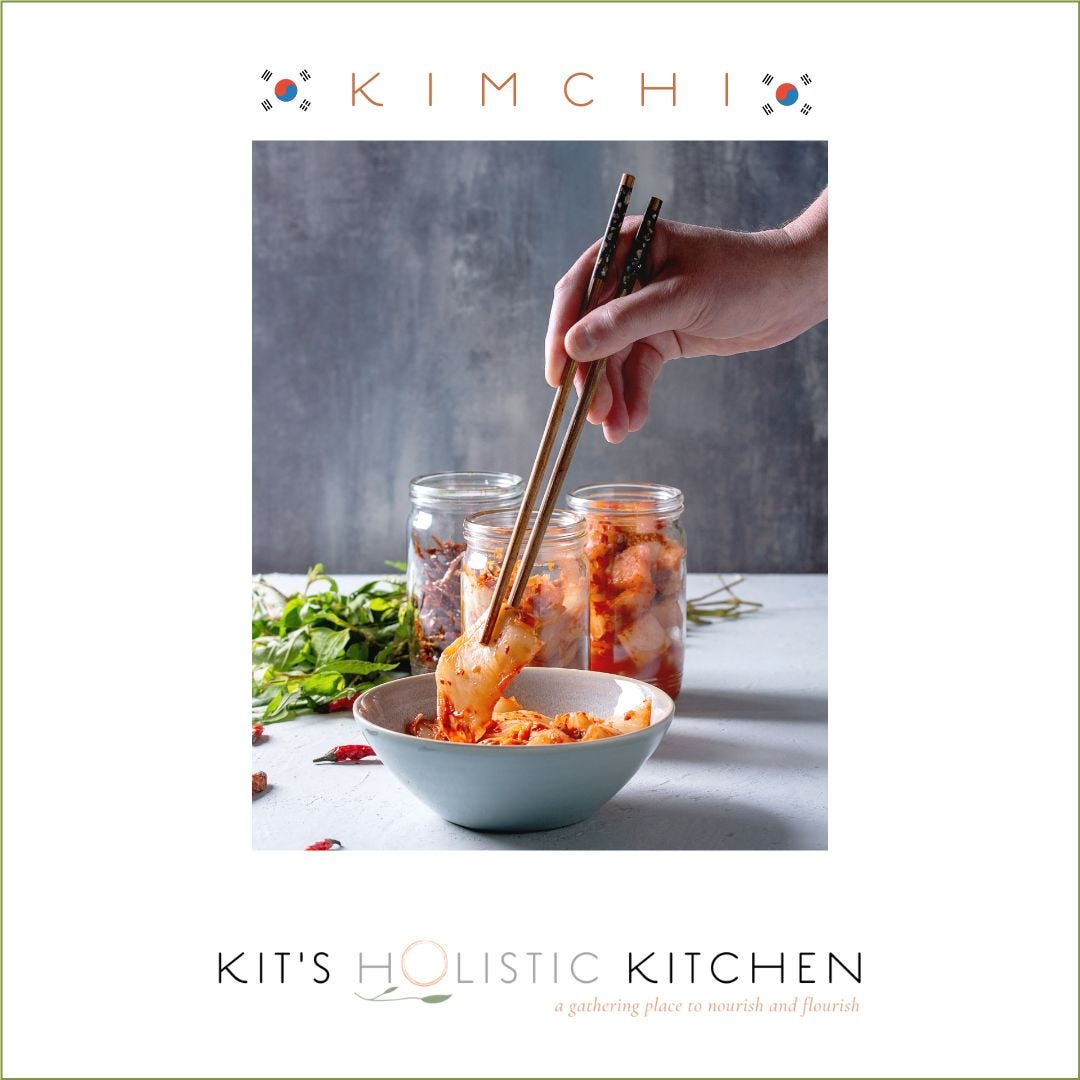Maybe it’s like Pad Thai for Thailand, Sushi for Japan, and Pizza for Italy, Kimchi is THE first thing (edible or not) that may come to your mind when you think about Korea and Korean food.
It used to be that way for me (before I was introduced to K-pop music, Snail face mask, and my now favorite Korean dish: Soon Tofu Soup).
Korea?
Kimchi!
There’s a reason that kimchi represents the peninsula that houses both Koreas (once upon a time, a place of one nation, the motherland for this wonderfully stinky, flavorful and history-ridden fermented vegetable side dish).
Kimchi is not just a crucial part of every traditional Korean meal, it symbolizes Korean food culture and is deeply rooted as part of every Korean identity.
I just learned that Kimchi making has its own term, called Kimjang. It is such an important tradition that it has been designated as a UNESCO Intangible Cultural Heritage!
“The collective practice of Kimjang reaffirms Korean identity and is an excellent opportunity for strengthening family cooperation. Kimjang is also an important reminder for many Koreans that human communities need to live in harmony with nature.”
Kimchi became popular at a global level as a healthy food when science started showing benefits of fermented foods for our gut health which, now we know, is essential for our overall health.
Kimchi is not just one dish; it is actually a generic term in Korean for a group of unique traditional lactic acid-fermented vegetables.
The most common kimchi found in Korean cuisine is baechu kimchi made from Chinese cabbage or Napa cabbage. White radish kimchi is the second most commonly used kimchi vegetable. The making of Kimchi often involves the addition of seasonings and spices to enhance its flavor, including red chili powder (gochugaru), scallions, ginger, garlic, sugar, salt, fish sauce, and fermented seafood (jeotgal).
Eating Kimchi makes me feel good, and I am not just thinking it or saying it!
Very pungent, spicy and strong flavors are familiar to my (Thai) taste buds and tummy, so I don’t have a hard time digesting Kimchi.
If you aren’t a fan, or have not tried it before, I urge you to perhaps put it in a soup, make kimchi omelette or mix it in a stir fry at first.
We even make Kimchi Mashed Potatoes for Thanksgiving now! It’s so good, even my mother-in-law who sweared she would never eat kimchi likes it!
I thank the Koreans for bringing us such a wonderful gastronomical dish that nourishes us all.
It is one of those things that once you are used to it, it is GOOD and GOOD for you.
Today’s agenda: Kimchi Museum in Seoul!
I’ve been sharing my adventures in Korea so far with paid-subscribers on Kit’s Holistic Kitchen (this platform right here).
If you’d like access to those posts, please consider becoming a paid-subscriber as well.
I appreciate your support and look forward to sharing this journey with you now, and upcoming ones.
Next up: Thailand!
P.S. I am also sharing some pictures and videos on my Instagram story feed. If you are not following me there yet, you can do so here.






